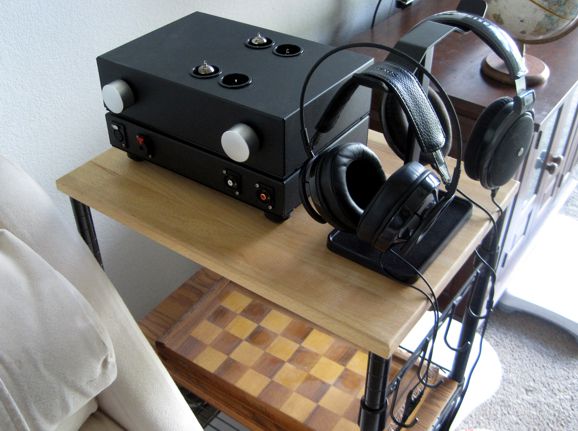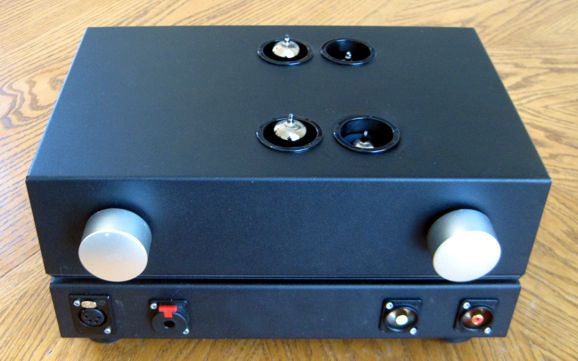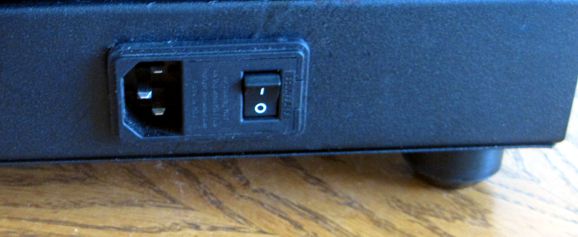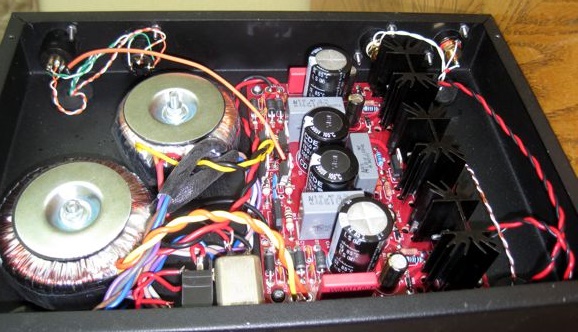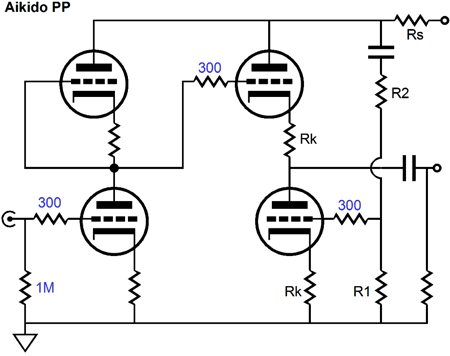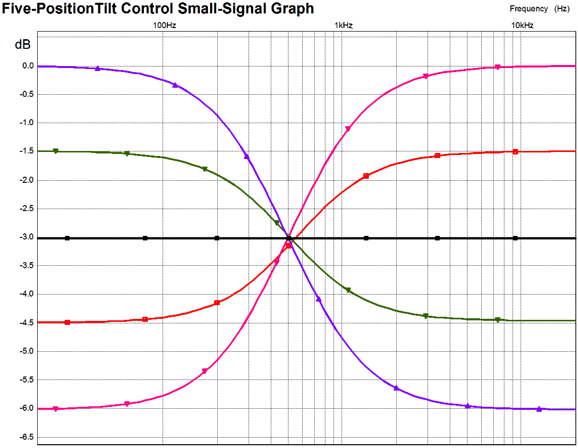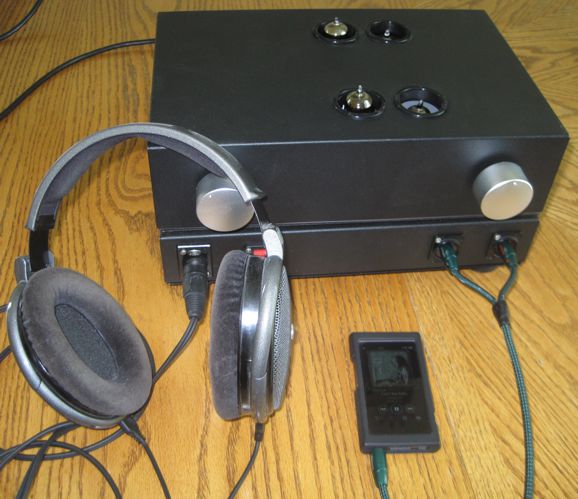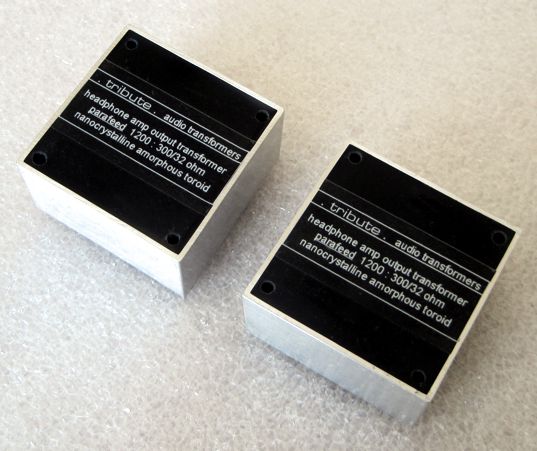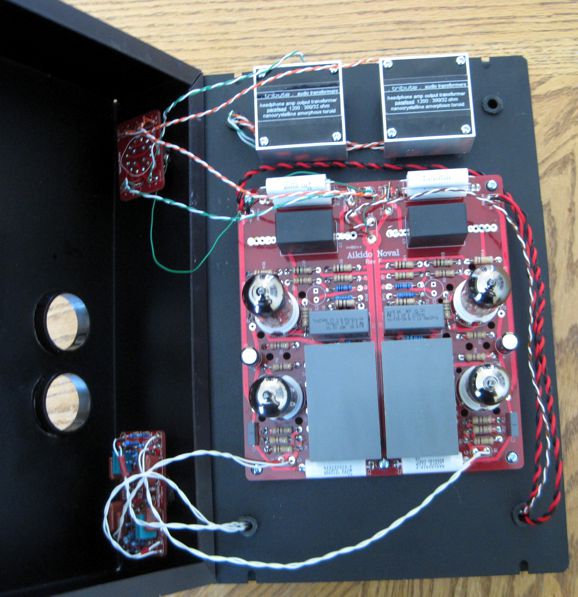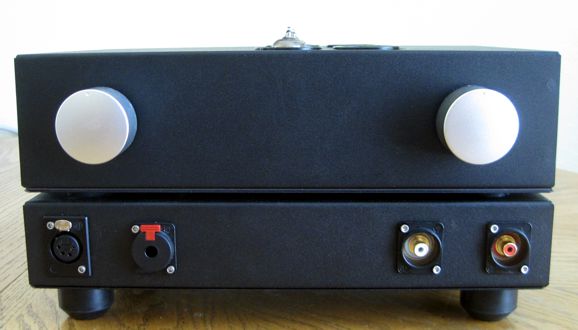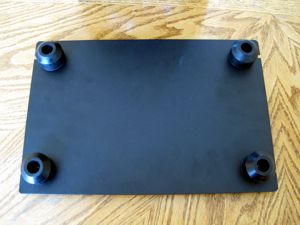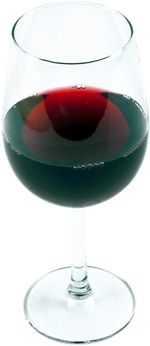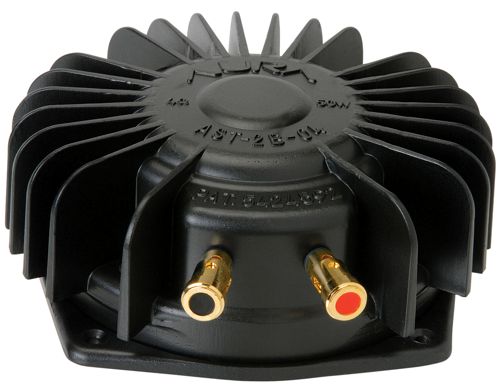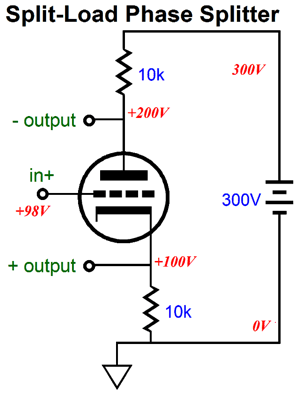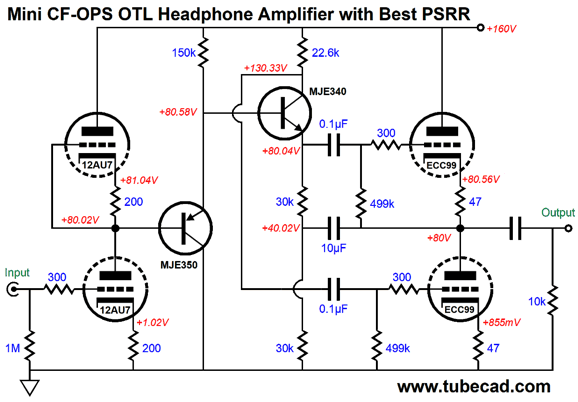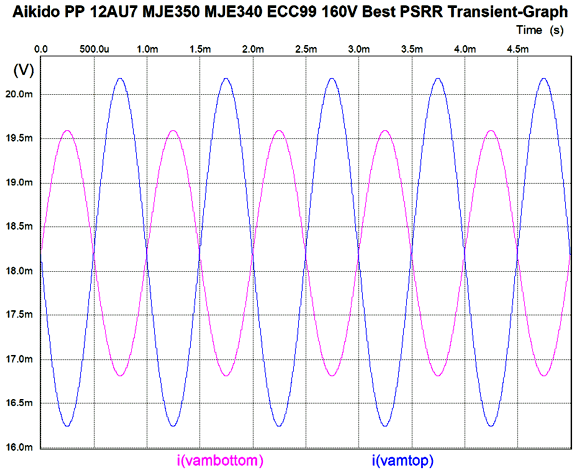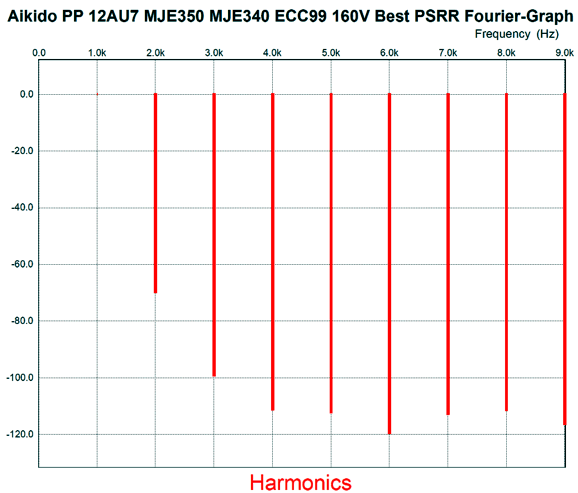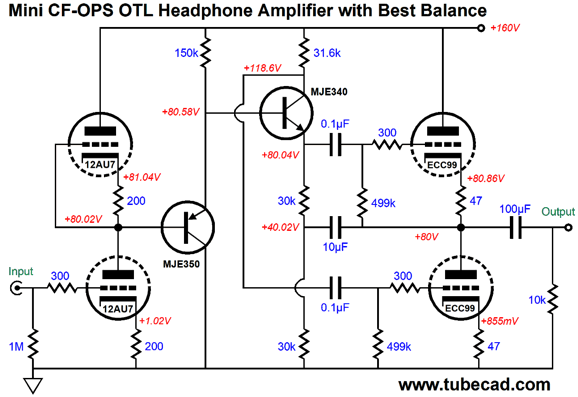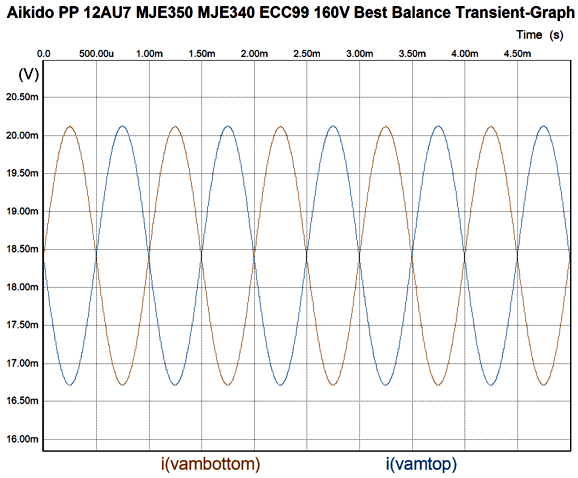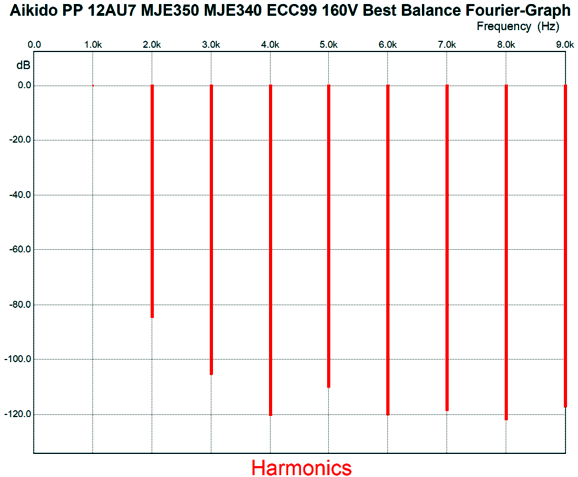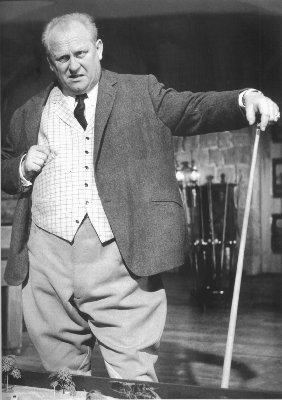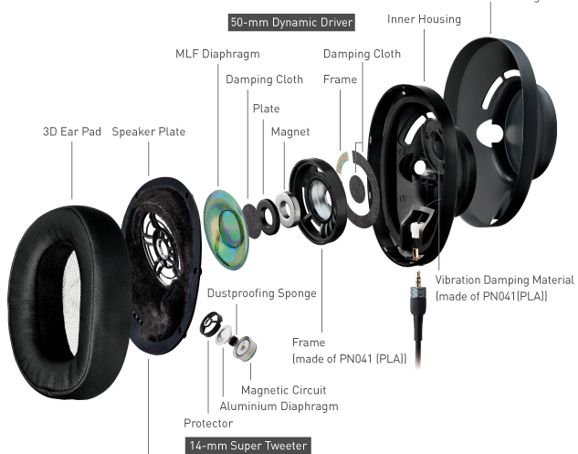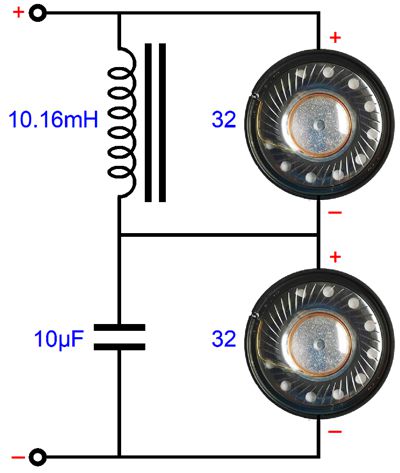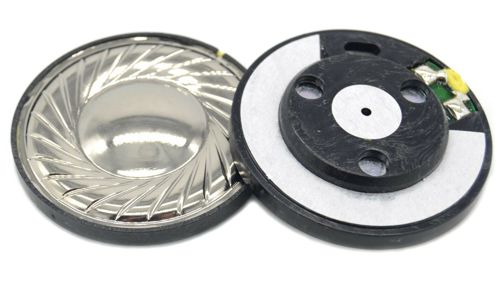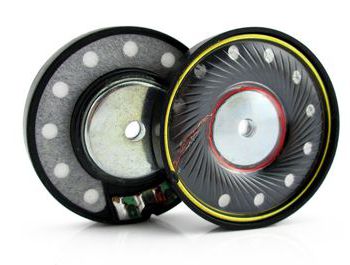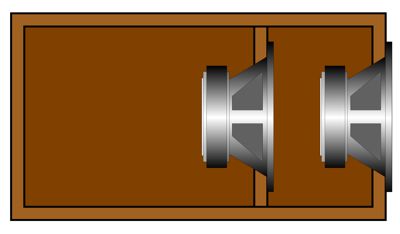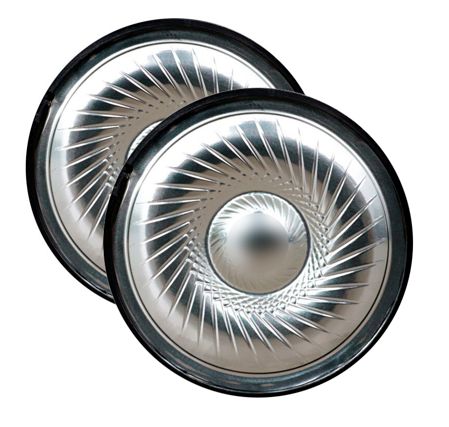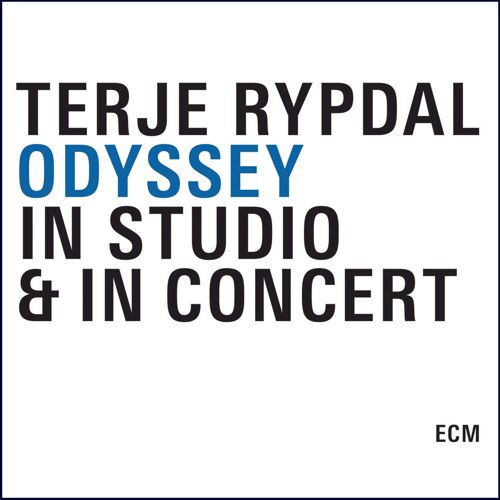| John Broskie's Guide to Tube Circuit Analysis & Design |
|
07 July 2019 Post 470
Mission Accomplished
In a week or two, I will make minor improvements to its cosmetics, such as replacing the existing top cage with a new one, whose four holes will be far more carefully and accurately punched. But right now, I am happy to take breather, as the project took longer than I had expected—but then all projects take longer than we expected.
Sadly, I am cursed with the ability to pack a lot of electronics into a crazy small chassis. Knowing of this failing, I sought to give myself far more room than I usually do. I used two 8-inch by 12-inch enclosures, one atop the other, not one 10-inch by 17-inch box, giving me 22 extra square inches. (Two 8-inch by 13-inch enclosures would have been perfect.) What happened, of course, was that electronics filled the space allotted. I didn't plan on using the fancy IEC AC power connector with two line fuses, elaborate RFI filter, and a built-in power switch, but I am glad that I did.
I had planned on using just two 25VA toroids, not the 50VA heater transformer and 25VA high-voltage transformer I ended up using; in fact, I had planned on using an entirely different power supply (a PS-15). Nor did I originally plan on adding one of my five-position Tilt Controls, but now I cannot imagine doing without it.
If we take a more elevated view, however, we see clearly that the four PCBs—Aikido Stereo Noval, PS-21, Select Phase, and Tilt Control—made wiring hundreds of times less difficult. I know and admire those who do only point-to-point wiring, but I do no plan on living long enough to complete the same project without PCBs. In fact, if the chassis had come pre-punched, I could have put the entire headphone amplifier together in a few hours. Metalwork, especially on steel, is far more difficult than soldering.
The circuit is an Aikido push-pull with 12AU7 input tubes and ECC99 output tubes. Two Tribute output transformers were used that offer two secondary load impedances: 32- and 300-ohms, with a primary that reflects 1,200 ohms. Since both secondaries are entirely free floating, making no necessary connection to ground, I decided to run the 300-ohm outputs in balanced mode and the 32-ohm outputs in unbalanced, i.e. a plain three-prong 1/4inch jack output. The Select-Phase switch offers three positions: inverted, mute, and non-inverted. I love mute switches, so much better than having to adjust the volume control. In addition, the mute is a hard mute, in that the output transformers are completely disconnected in the mute position. I used Neutrik RCA input jacks and headphone jacks. I like the RCA jacks, but I wish the headphone jacks were not the locking type, as I prefer to have the headphone plug to pull out its jack safely when I jump up to answer the phone than to have the entire amplifier follow me across the room. When I first turned on the headphone amplifier, nothing happened, as I had blown one of the fast 1A fuses. I used two slow-blow 1.6A fuses and all was well. In fact, I was sure I had blown another fuse, as the output was dead quiet. No hum, no hiss. Twisting the interconnect plugs did produce crackling sounds. I hit the play button and my ears were dazzled, but in a low-key way. The bass didn't slam and the highs didn't sting. Instead, I was hearing delicate details that I hadn't heard from my Sennheiser HD650 headphones before. Of course, this proves nothing, as this was the first time I had run them in balanced mode.
I had forgotten all about the Tilt Control. As the music played away, I wished that the Sennheiser HD650s could deliver a tad more highs. Then I remembered the Tilt Control. I gave one twist towards the highs and I didn't hear much difference; so I then I tried a second twist and I heard too great a boost; I back off to just one twist and the sound seemed perfect, which was interesting, as I couldn't hear the difference the first time. So, I tried flat again and again I longed for a hint more highs. As long as I am listening with the HD650s, the Tilt Control will probably remain in this position; different headphones, different music, however, will make me switch to another position. I love the flexibility. I know some who use tube rolling to achieve similar results, but surely we cannot be changing tubes between albums, let alone between tracks.
Although I acknowledge that it is silly to listen to a mother detail how her child is so special, so bright, so lovely, so talented... but I also know that many will want to know what I heard. The most amazing attribute that tubes bring to the listening experience is their ability to better convey subtleties, such as the ambient room acoustic and the lingering fading away of a plucked string's harmonics. One theory that I have entertained is that the tube-based audio systems provide an elongated sustain of notes due to the tubes acting as microphones, picking up the sound from the speakers, reintroducing it into the sonic mix—a form of electro-mechanical reverb, in other words. With the headphone amplifier, no loudspeakers are used, the room silent, yet the prolonged shimmer of fading harmonics persists. I am the first to admit these are small differences, but to me essential differences, as they makes the music more appealing, more inviting. I find myself being drawn in by the music with tube-based systems, even when the systems are not perfect. I noticed this repeatedly at the RMAF and other audio shows: no matter how good the solid-state system was, I found myself being detached from it. LP lovers tell a similar tale about listening to CDs.
Imagine you visit a friend's house and behold his lovely garden through a large window. You are startled by the clarity, the vividness and extra bright colors. You then realize that the window is no window, being just a large flat-screen TV pretending to be a window. Now, imagine that the window is an actual window, complete with grime and living flies walking up the glass, and that you look out at the garden , a garden that is also real, although not as vivid as the surreal garden produced by the flat-screen, but real nonetheless. We are told repeatedly in articles that sex robots will eventually triumph over real sex , making the real event a distant second best . Have those making this prediction also replaced their garden's real flowers and grass with plastic flowers and Astroturf? Well, as the music first filled my headphones, almost instantly, I felt myself sinking into the music, the electronics vanishing as I was enveloped in the musical event. Life is great. I choose my usual selection of audiophile-grade tracks, which you could easily imagine now being wrung of any residual musical interest, but this tube headphone amplifier revivified the old war horses. Why? Why did this headphone amplifier sound so appealing to my ears? I believe that most of the credit must go to the tribute output transformers. They are excellent, amazingly so. Moreover, they present so high a primary impedance, 1,200 ohms, that the output stage never leaves class-A push-pull operation and works far less hard (i.e. it doesn't not have to make as big current swings, which triodes are not good at; but it does have to make bigger voltage swings, which triodes are good at). In addition, the less steep the load-line, the less distortion the triode produces, with the constant-current source's near infinite impedance proving the optimal load. One extra advantage that the output transformers might have is the secondaries are all floating, as no connection to ground is made. No doubt, the 270Vdc regulated B+ and two separate heater regulators and 130µF polypropylene-based B+ RC filters also helped. (I really need to perform an experiment, wherein I bridge the each channel's heater regulator together to hear how big a difference separate heater regulators actually make.)
Perhaps, the floating of the top enclosure on Sorbothane rings made a larger difference than I imagined possible. Perhaps, the tubes, unperturbed by transformer vibrations, amplify more cleanly. (I had originally planned on using 6N1P tubes as input tubes and 6DJ8s as the output tubes, both of which are far shorter than the ECC99s, so no holes were planned on being punched, which would have further shielded the tubes from external vibrations.) The top enclosure is heavy, made of steel and filled with output transformers and a heavy PCB, which the Sorbothane compliantly supports. Speaking of Sorbothane, I used "Super Glue" (cyanoacrylate) to adhere the Sorbothane to the two enclosures, which is a solvent of the Sorbothane. The better choice is the gel version of "Crazy Glue," as it will buy a few more seconds during which to carefully place the pieces together. Use only the smallest amount possible, as Sorbothane will literally melt with too much. And do wear disposable gloves. If you do get some glue on your skin, acetone will melt it.
What holds the top cage in place? The same thing that powers all perpetual-motion machines: Magnets. I used magnetic tape strips with adhesive on one side. Alas, the sticky side didn't stick all that well, so I will glue the strips in place instead. I thought of using a plastic hinge on the front, so cage could unfold forward, like the hood of an old British sports car. Actually, this might be the best plan, as the magnetic strips are not strong enough to allow me to lift the entire headphone amplifier up just holding the top cage. By the way, I used steel Hammond enclosures and bottom panels. Ideally, I would have had sheet-metal fabrication firm punch and bend soft steel that had received a heavy copper plating, ending with welding of corners and the filing of those corners smooth before being sent off for powder-coating and silk-screening. Why not aluminum? The problem with aluminum is that its resistance is much higher than copper, so it provides little RFI shielding; in addition, it isn't magnetically permeable (permeability is the measure of the ability of a material to support the formation of a magnetic field within itself), so it does not provide magnetic shielding. Ideally, pure iron sheeting would be used, but iron is seldom made into large sheets. Martensitic stainless steel is magnetically permeable, however. Thus, steel with a thick plating of pure copper is our best practical choice. But what about the "sound" of the enclosure? As long as the enclosure does not conduct any currents and the audio PCBs stand at least half an inch above the metal, we do not have to worry too much about the metal's "sound." The closer the PCB is to the bottom, the more we need to worry. Okay, having just said that, I know many will quibble. Thus, the best audio enclosure might be an aluminum box within a larger copper-plated steel enclosure. Actually, the best interior box material might be RCC (Reinforced Carbon-Carbon). For many, the preferred setup with my headphone amplifier would be to use a steel bottom box for the power supplies and transformers and an aluminum box for the audio circuitry and output transformers.
The fat feet match the fat aesthetics of the headphone amplifier, thick and substantial. They could easily support many times the weight (the amplifier weighs 13lbs). One goal was air flow, as the bottom enclosure holds no air ventilation holes. Perhaps, a mistake. My original idea was to use the bottom enclosure upside-down, so it would act like an open box or drawer, holding the two power transformers and PS-21 PC, while a thin air gap extended all the way around before encountering the top enclosure; the screws that hold the feet in place would also hold up the top enclosure, as if it rested on four stilts. I changed my mind and went with the floating on Sorbothane approach instead.
I should mention that I was surprised by the effectiveness of the Select-Phase switch. I was listening to the first track of Areni Agbaian's altogether compelling album, Bloom, and I tried the opposite phase. Dang. It made a far bigger difference than I expected. I was happy with the sound before, but after the phase reversal I was happier still. Here is the problem: there is absolutely no guarantee that the next track would not sound better with the previous phase setting. I have been told that record companies know that phase makes a difference, so they purposely alternate the phase on each subsequent track, so that 50% of the time the phase will be right—and wrong 50% of the time. By the way, when you perform a phase-flip test, be sure to pause at mute for a few seconds, or you will hear no difference. In this test, the two-position toggle switch is not your friend. Okay, what other bells and whistles could be added? No doubt, some would want a deep-bass boost circuit; others, a balance control, others still, a stereo-mono switch. For me, a better approach would be a sonic-width blend control that would allow a selected amount of blending both channels signals, with true mono at the end position. Think about it: with headphones we never have too little separation between signals, just the opposite. Perhaps, the optimal blend would be frequency dependent, with either the high-frequencies or the low-frequencies getting a bigger blend. Experimentation is needed. By the way, let me do some complaining now.
I often proclaim the need for experimentation, which goes over like a request for a blood donation. Too many audiophiles want absolute answers, not uncertain experimentation. I encountered a similar resistance when wine tasting with friends in California and I asked for brown-bagging the bottles, so we would only be evaluating the wines, not the labels. The horror. What if I preferred the cheaper wine? What if I choose a California wine over a French wine, would I be deprived of my wine-snob certification? Many of my replies to email end with a request that an experiment be performed and the results sent on to me. Silence. No results. The experiment could be as simple as trying a different tube type or different resistor values. Actually, a few times an experiment was performed, but far too few times. One huge problem is that opening up a piece of gear is a pain, as is soldering, so we often make more than one change at a time; thus, vitiating the certainty of the results. Another useful addition might be outputs for a subwoofer. If you find headphone listening too flaccid, adding a subwoofer can make a dramatic difference, as the visceral, the somatosensorial impact is restored. Failing an actual subwoofer, we could add one or two of those butt-shaker drivers they sell for home theater use that attach to the bottom of your sofa or listening chair. Since I know others will want to build a headphone amplifier based on the Aikido stereo noval PCB, I am now offering the bigger-valued (130µF/500V 105C) polypropylene RC capacitors as an optional upgrade to the kit at my GlassWare store.
Solid-State Phase Splitters Design Examples This is a headphone amplifier that is load independent—within reason, of course. What would prove reasonable? Say between 75 ohms to 600 ohms. Hell, it could be used as a super-buffed line-stage amplifier. With the 22.6k collector resistor, the PSRR comes in at better than -60dB in SPICE simulations. In contrast, the push-pull balance is off, as the top output triode swings more current than the bottom triode.
While the balance is off, the THD is not bad, coming in at below 0.1% at 1kHz into a 300ohm load.
A very single-ended cascade of harmonics this is. Okay, not let's look at the part values that produce the best push-pull balance.
The 31.6k collector resistor ensures that the bottom triode works as hard as its partner, which the following SPICE-generated graph shows.
The PSRR, however, is not nearly as fine as before, as it has risen to just -24dB. (A lot of tube gear is far worse, by the way.) In terms of THD, things are much better, as the THD comes in at below 0.01%, while still retaining the fine single-ended harmonic signature.
So which is better? It depends. If a regulated B+ power supply is used, I would certainly opt for best balance. If the power supply is noisy, then the best PSRR arrangement would be my choice. Still, listening preference is not linear. Some may prefer the best-PSRR option with a regulated power supply, finding the richer harmonics a feature, not a bug.
Headphone Ideas
He explains,
Well, something like the opposite holds true with headphones. If you look inside many headphones, even those costing several thousand dollars, you will often find a single tiny full-range loudspeaker driver. Headphone drivers are correspondingly smaller and more attentively designed and made, but they are loudspeaker drivers like any other speaker driver. They hold round voice-coils and diaphragms and surrounds and magnets. Okay, with this change in perspective, we can envisage new headphone designs. For example, I would like to build headphones that held two drivers per side, a total of four drivers. Back in the 1970s, my brother owned two-way headphones that held tiny woofers and even smaller tweeters. Indeed, today we can purchase the Technics EAH-T700 headphones that hold a fullrange driver and a tiny super tweeter. This is not what I want—and not just because of the bad reviews these Technics headphones have received. Instead, I would use two identical fullrange drivers, but with a crossover located at the geometric mean between lowest and highest frequencies, say 500Hz. The crossover would be a first-order type. Because the wavelength of sound at 500Hz is so large, about 27 inches, and because the two drivers would be so close to each other, the usual lobbing effects would not apply. In addition, since the two drivers share the same frequency response and phase relationships, blending the two outputs together is vastly easier. Why bother with a two-way headphone? Why not just wire them in series or in parallel, so no crossover would be needed? Frequency modulation distortion. FMD is type of Doppler distortion wherein the high-frequencies are alternately pulled wider and narrower as a single driver reproduces low-frequencies and high-frequencies at once. As the diaphragm moves forward making a low-frequency sinewave, the highs get bunched together, increasing in frequency; as the diaphragm moves then back, the highs get stretched out, decreasing in frequency. Some loudspeakers produce far less FMD than others. Examples are horn-load loudspeakers and electrostatic and large planar types, as the diaphragms move very little compared to a single fullrange 6-inch driver. I have been told by several speaker makers that FMD is an imaginary distortion, and that the highs should get bunched and stretched, as that what happens with live music, with bass notes modulating the high frequencies. Maybe. Still, which two loudspeakers types are best known for amazing clarity and articulation? Horns and electrostatics.
Assuming 32-ohm drivers, the crossover parts, a capacitor and an inductor, are too big to fit in the headphones, so they would be housed in small enclosure. We are now used to seeing balanced plugs and jacks with their four pins, so giving each channel one four-pin plug is not that big a deal. If we use the series crossover shown above, we could use a three-prong plug per channel. In addition, by outsourcing the crossover to the external enclosure, we could opt not to use the passive crossover, preferring to go the bi-amplifier route. Bi-amped headphones, the new frontier. My second idea for using four headphone drivers is that we could feed one pair of driver the opposing channel's signal after its been delayed a tad and equalized to attenuate the high-frequencies, just as the sound from the left speaker must travel around our heads and reach out right ear, delayed a tad and less bright. I would love to be able to make adjustments on the fly, increasing and decreasing the delay and equalization as the music demanded. In other words, we might achieve a distance control, where we could adjust how far away the music appeared to be located. At one extreme, plain headphone listening, we are in the band; at the other extreme, the band plays 10 yards away. (This arrangement could also prove useful for trying out four-channel recordings.) By the way, we can readily buy replacement headphone drivers that come in standard 40mm and 50mm sizes. Moreover, we can even buy drivers with titanium foil diaphragms. These replacement drivers are not as expensive as you might imagine. About five years ago, while attending the Can-Jam event at the RMAF, an exhibitor spotted my name tag and proclaimed in a heavy Asian accent,
They sounded good, but not great. He then had me try on his headphones, which sounded far better. He then went on to explain,
Well, that encounter got me thinking about recoil-less riffles that fire two bullets, one forward out the barrel and one backward into a sealed chamber, resulting in no recoil until after the forward bullet has left the barrel. Well, what if we placed two headphone drivers back to back, both in phase? Would we not achieve the same result? Equal and opposite reaction canceling.
We would hear only the driver close to our ear; the rear driver could radiate into the room or into a sealed back. The whole point is to cancel the two diaphragms movements, so the two would have to be wired in phase, either in series or parallel connected. At one Can Jam I heard headphones that mimicked the isobaric loudspeaker arrangement that was invented by the great Harry Olson in the 1950, wherein two drivers are placed in front of the other and both operate in phase.
This speaker design is often used in subwoofers, but never in fullrange speakers, due to the smearing of sound as the frequency increases and the phase relations fall apart.
How did the isobaric headphones sound? BIG BASS. The rest of the sound was disappointing in the extreme. No doubt, just as there are breast men, there are bass men, for whom no amount of bass is too much.
Music Recommendation: Odyssey In Studio & In Concert Rypdal's influences are mostly American, with obvious impressions from Miles Davis, Gil Evans, Jimi Hendrix, George Russell, and Frank Zappa. If nothing else, listen to the last track, Bright Lights – Big City, amazing stuff. //JRB
User Guides for GlassWare Software
For those of you who still have old computers running Windows XP (32-bit) or any other Windows 32-bit OS, I have setup the download availability of my old old standards: Tube CAD, SE Amp CAD, and Audio Gadgets. The downloads are at the GlassWare-Yahoo store and the price is only $9.95 for each program. http://glass-ware.stores.yahoo.net/adsoffromgla.html So many have asked that I had to do it. WARNING: THESE THREE PROGRAMS WILL NOT RUN UNDER VISTA 64-Bit or WINDOWS 7 & 8 or any other 64-bit OS. I do plan on remaking all of these programs into 64-bit versions, but it will be a huge ordeal, as programming requires vast chunks of noise-free time, something very rare with children running about. Ideally, I would love to come out with versions that run on iPads and Android-OS tablets.
//JRB
|
|
John Gives
Special Thanks to the Special 89!
I am truly stunned and appreciative of their support. In addition I want to thank the following patrons:
All of your support makes a big difference. I would love to arrive at the point where creating my posts was my top priority of the day, not something that I have to steal time from other obligations to do. The more support I get, the higher up these posts move up in deserving attention. Only those who have produced a technical white paper or written an article on electronics know just how much time and effort is required to produce one of my posts, as novel circuits must be created, SPICE simulations must be run, schematics must be drawn, and thousands of words must be written. If you have been reading my posts, you know that my lifetime goal is reaching post 1,000. I have 530 more to go. My second goal is to gather 1,000 patrons. I have 911 patrons to go. Help me get there.
Only $12.95 TCJ My-Stock DB
Version 2 Improvements *User definable Download for www.glass-ware.com |
||
| www.tubecad.com Copyright © 1999-2019 GlassWare All Rights Reserved |

